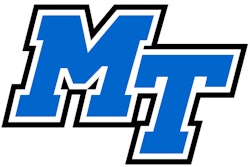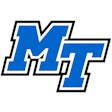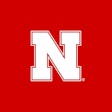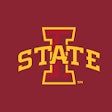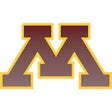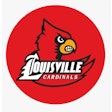Copyright 2017 The Buffalo News
All Rights Reserved
The Buffalo News (New York)
When Daemen College student Andrea D'Sa, a soccer player, asked NCAA President Mark Emmert how he managed to lead an organization made up of a diverse group of institutions, Emmert's answer showed just how large the gaps can be among intercollegiate athletics programs from campus to campus.
Emmert tried to make the point that finding overall policies to fit "every student circumstance" at all three levels of the NCAA — Divisions I, II and III — is really hard, especially when some of the biggest differences among the institutions and their athletics programs are economic.
As an example, Emmert referenced the salary of Nick Saban, the coach of the Alabama University football team, as being "probably as big" as the entire athletic department budget for Daemen.
Emmert was talking with a couple hundred Daemen student-athletes inside the college gym Thursday morning as part of a daylong visit to the Amherst college.
Daemen Athletics Director Bridget Niland, standing nearby and knowing the college's athletic budget better than anyone, issued a gentle correction, telling Emmert that Saban's salary actually is bigger than Daemen's athletics budget.
And not just by a little. Saban made $6.9 million in 2016 and will be paid $11.1 million this year, according to USA Today, which annually tracks Division I football coach salaries. Daemen, which moved from NAIA into NCAA Division II in 2015, had an athletics budget this year of $2.8 million.
"So you look at some of that and just go, how does it make any sense?" said Emmert. "But if you look at the things that are supporting your education, your health and well-being, the rules around your health and well-being, that shouldn't vary. Everybody has a responsibility to take care of their students and make sure that they're healthy. It shouldn't matter whether it's a little liberal arts college of 1,200 or Ohio State or Texas. That ought to be the same."
Emmert, the former president of the University of Washington and president of the NCAA since 2010, said he liked to visit campuses around the country as often as possible to learn what's happening with student-athletes "on the ground."
"I miss being on campuses. I miss having my own students," he said. "I need to get back and hear from you about what's working, what's not working."
He answered student questions for about 45 minutes, including a query from Katie Good, a freshman on the women's bowling team, who asked for his thoughts on student-athletes who leave college to pursue professional careers.
Athletes who have a real opportunity for a professional career in sports should pursue it "in a way that makes the best sense for them," Emmert responded. "What troubles me is that we have far too many athletes in college leave before they finish their degree, thinking they're going to make it as professionals and be successful and they're not."
Three-quarters of Division I men's college basketball players surveyed say that they are going to play professionally. In reality, about 2 percent of them end up playing at a professional level, he said.
In a brief interview with The Buffalo News, Emmert said the University at Buffalo's recent decision to eliminate four sports highlights a misconception among some people that universities participate in athletics primarily because they make a lot of money doing so.
"The reality is quite the opposite," he said. Schools like UB are "having to make difficult budgeting decisions, and college sports are not immune from that," he added.
Emmert recalled having to shut down the University of Washington's swimming program in 2009 because of budget constraints.
He said he did not necessarily see a trend toward athletic program cuts. Some schools were adding sports, such as beach volleyball.
"It's variable, depending on each school's circumstances," he said.
Read More of Today's AB Headlines
Subscribe to Our Daily E-Newsletter
Terms and Conditions Privacy Policy



















